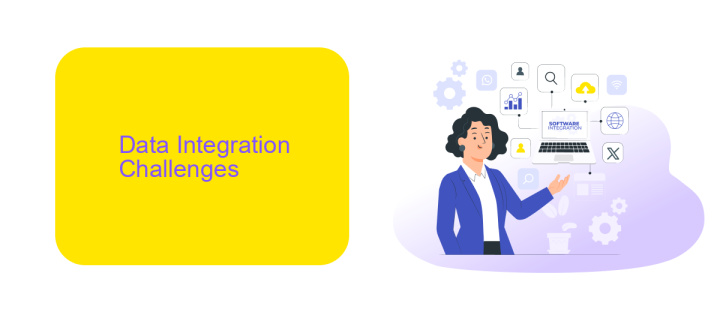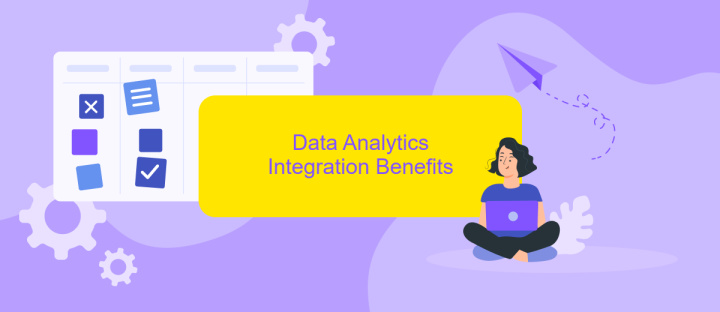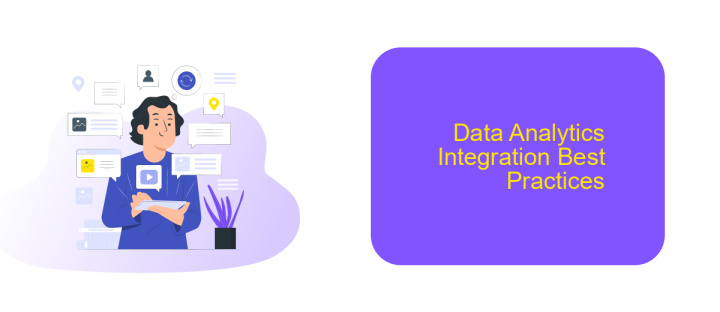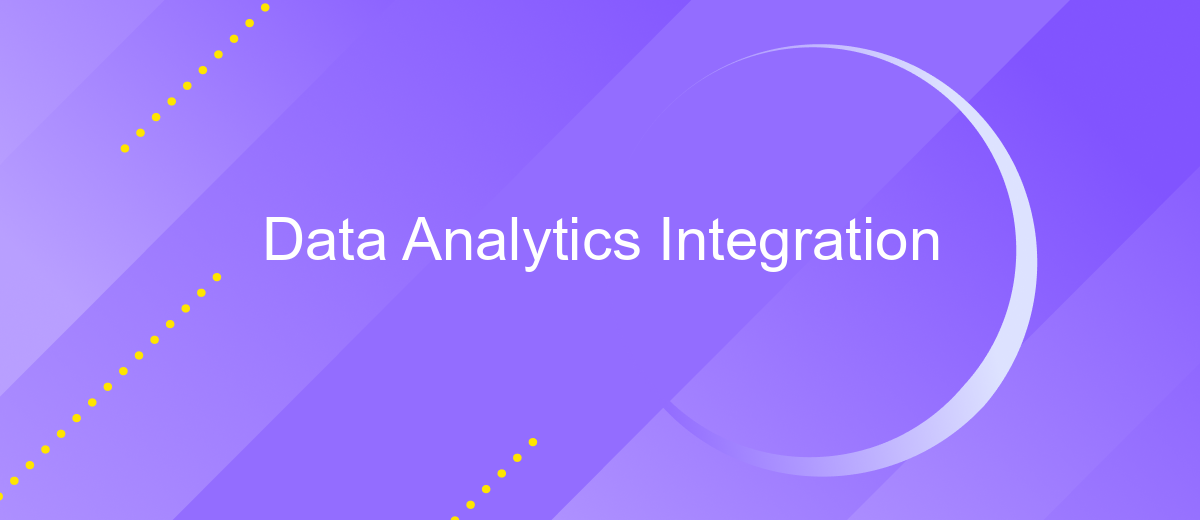Data Analytics Integration
In today's data-driven world, integrating data analytics into business operations is no longer a luxury but a necessity. This article explores the critical role of data analytics integration, highlighting its benefits, challenges, and best practices. By leveraging advanced analytics, organizations can unlock valuable insights, drive informed decision-making, and gain a competitive edge in an increasingly complex marketplace.
Introduction
Data analytics integration is a crucial aspect for businesses aiming to leverage data-driven insights for strategic decision-making. By integrating various data sources, companies can achieve a holistic view of their operations, customer behaviors, and market trends, leading to more informed and effective strategies.
- Streamlined data collection from multiple sources
- Enhanced data accuracy and consistency
- Improved real-time analytics capabilities
- Better decision-making through comprehensive insights
- Increased operational efficiency and productivity
One of the key tools for facilitating seamless data integration is ApiX-Drive. This platform enables businesses to automate data flows between various applications and services without needing extensive technical expertise. By using ApiX-Drive, organizations can ensure that their data is always up-to-date and readily available for analysis, thus maximizing the value derived from their data assets.
Data Integration Challenges

Integrating data from various sources poses several challenges that can hinder the seamless flow of information. One of the primary issues is data inconsistency, which arises when data formats and structures differ across systems. This inconsistency can lead to errors and misinterpretations, making it difficult to achieve accurate and reliable analytics. Additionally, managing data from disparate sources often requires significant time and resources, as it involves complex processes like data cleansing, transformation, and normalization.
Another major challenge is ensuring data security and compliance, especially when dealing with sensitive information. Integrating data from multiple platforms increases the risk of data breaches and unauthorized access. Tools like ApiX-Drive can help streamline the integration process by providing automated workflows that connect various applications and services. This not only reduces the manual effort required but also enhances data accuracy and security. However, selecting the right integration tool and ensuring it aligns with organizational needs and compliance standards remains a critical task.
Data Analytics Integration Benefits

Integrating data analytics into your business processes offers numerous advantages that can significantly enhance decision-making and operational efficiency. By leveraging data analytics, companies can gain deeper insights into their operations, customer behavior, and market trends.
- Improved Decision-Making: Data analytics provides real-time insights, allowing businesses to make informed decisions quickly.
- Enhanced Customer Experience: By analyzing customer data, companies can tailor their services to meet customer needs more effectively.
- Operational Efficiency: Integrating analytics helps identify bottlenecks and optimize processes, leading to cost savings and increased productivity.
- Competitive Advantage: Companies that utilize data analytics can stay ahead of market trends and outperform competitors.
- Scalability: Tools like ApiX-Drive facilitate seamless integration of various data sources, making it easier to scale analytics efforts as the business grows.
Incorporating a service like ApiX-Drive simplifies the integration process by connecting different data sources and automating workflows. This not only saves time but also ensures that the data is accurate and up-to-date, further enhancing the benefits of data analytics integration.
Data Analytics Integration Best Practices

Integrating data analytics into your business processes can significantly enhance decision-making and operational efficiency. To ensure successful integration, it is crucial to follow best practices that align with your organizational goals and technical capabilities.
Begin by clearly defining the objectives of your data analytics integration. Identify the key performance indicators (KPIs) that will measure the success of the integration. This will help in selecting the right tools and technologies that meet your specific needs.
- Choose scalable and flexible data integration tools like ApiX-Drive to automate data flow between systems.
- Ensure data quality by implementing data validation and cleansing processes.
- Maintain data security and compliance with relevant regulations.
- Regularly monitor and optimize the integration for performance and accuracy.
By adhering to these best practices, businesses can achieve a seamless data analytics integration that drives actionable insights and fosters informed decision-making. Utilizing services like ApiX-Drive can streamline the process, ensuring reliable and efficient data connectivity across various platforms.


Conclusion
In conclusion, the integration of data analytics into business processes is essential for gaining actionable insights and driving strategic decisions. By leveraging data analytics, organizations can enhance operational efficiency, improve customer experiences, and identify new market opportunities. The implementation of data analytics tools requires careful planning and a comprehensive understanding of the data ecosystem to ensure seamless integration and maximum benefit.
Services like ApiX-Drive simplify the integration process by providing user-friendly platforms that connect various data sources and analytics tools without the need for extensive coding knowledge. By utilizing such services, businesses can streamline their data workflows, reduce integration times, and focus on extracting valuable insights from their data. As the landscape of data analytics continues to evolve, staying updated with the latest integration technologies and practices will be crucial for maintaining a competitive edge.
FAQ
What is Data Analytics Integration?
How can I automate data integration processes?
What are the benefits of integrating data analytics tools?
How do I ensure data security during integration?
Can I integrate data from multiple sources without coding?
Apix-Drive is a simple and efficient system connector that will help you automate routine tasks and optimize business processes. You can save time and money, direct these resources to more important purposes. Test ApiX-Drive and make sure that this tool will relieve your employees and after 5 minutes of settings your business will start working faster.

